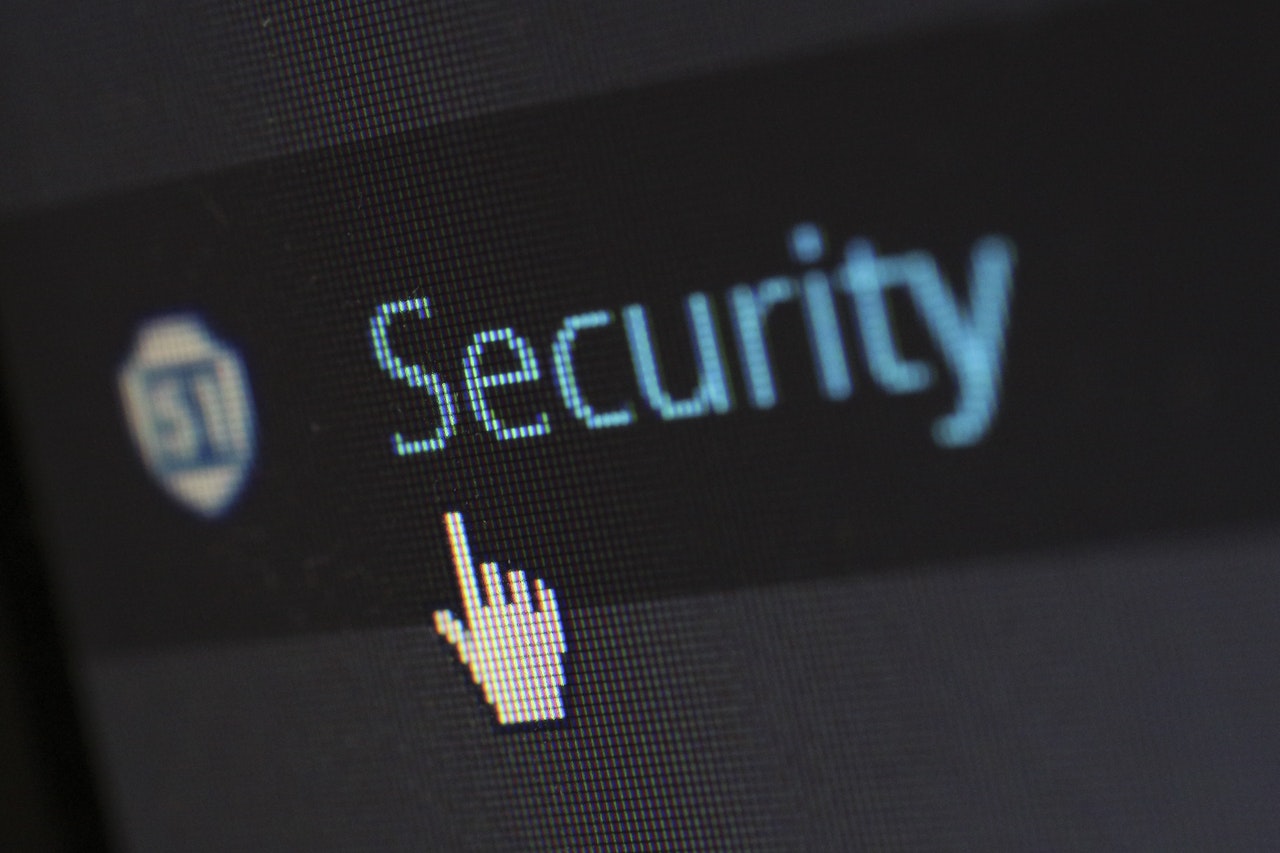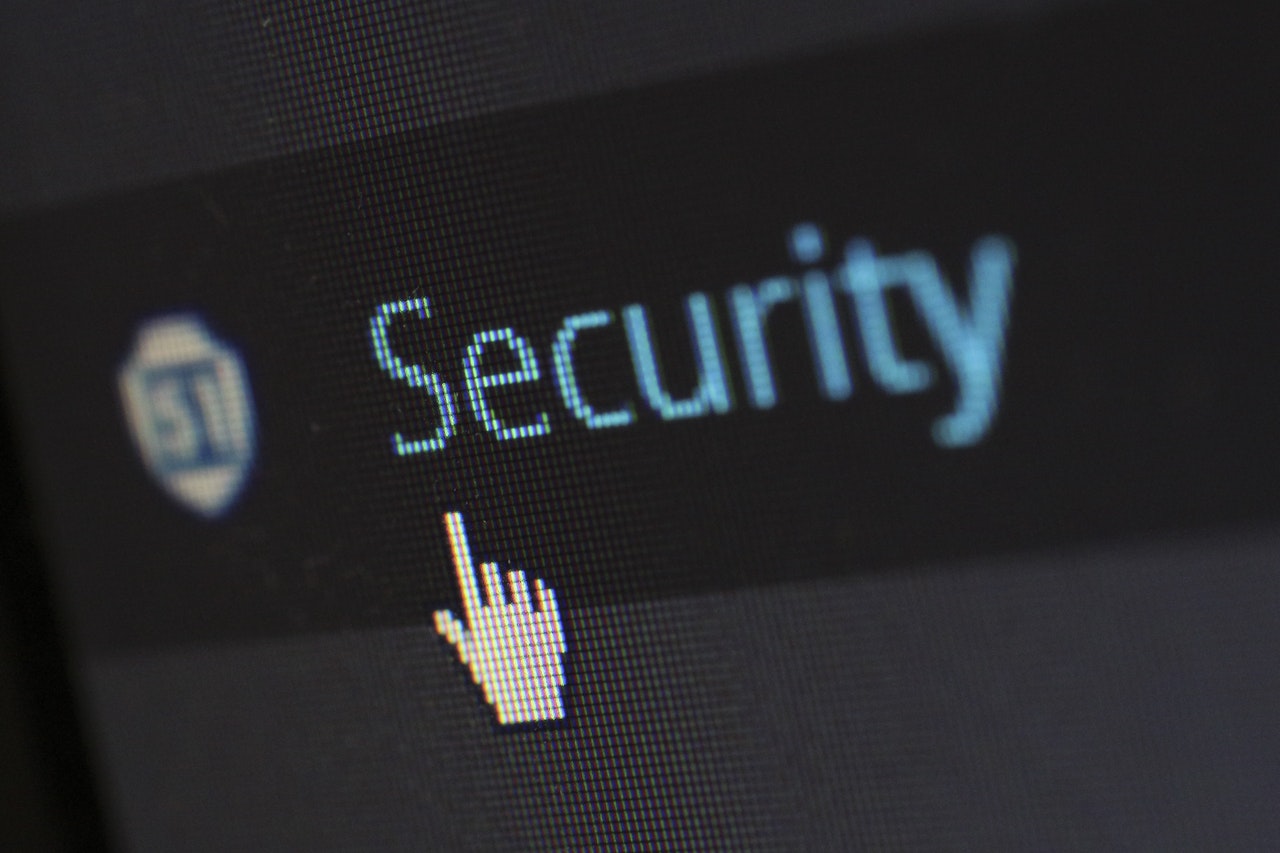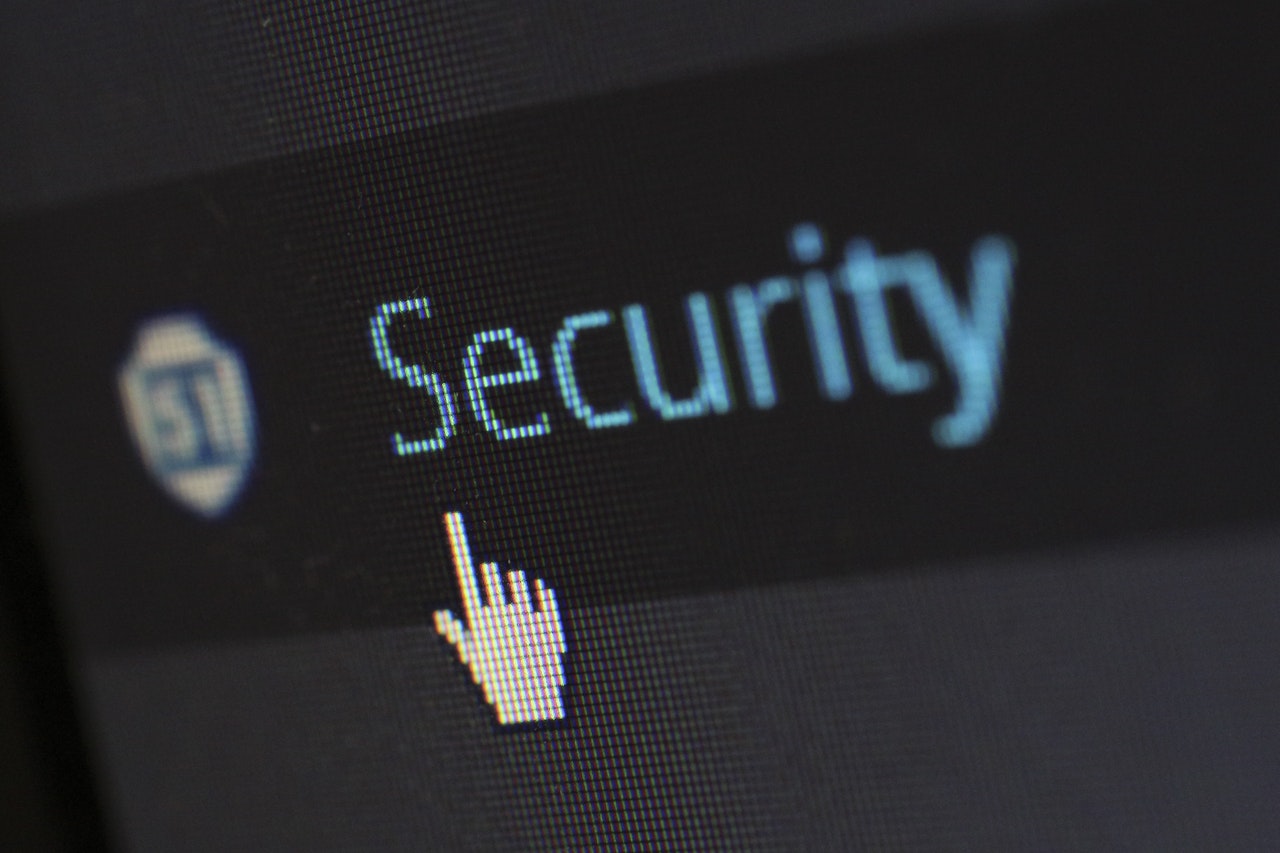Tech Tips That Will Protect Your Business Data
March 8, 2022
Transport cybersecurity: how a car can be stolen from a computer
February 22, 2022
Data Protection: What’s the Need?
February 16, 2022
4 Tips to Improve Your Business’ Security
February 8, 2022
Simple Ways to Ensure Security of Your Business Data
February 4, 2022









